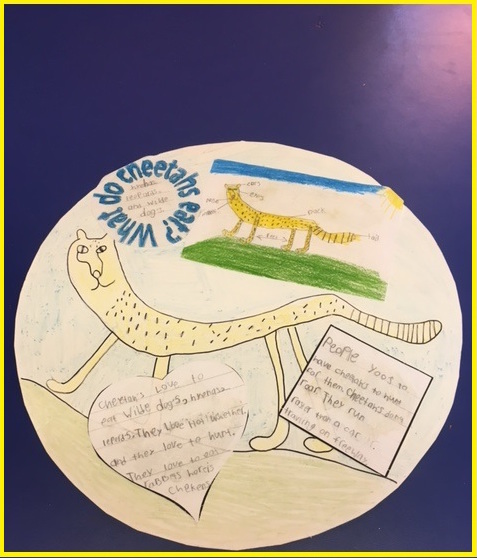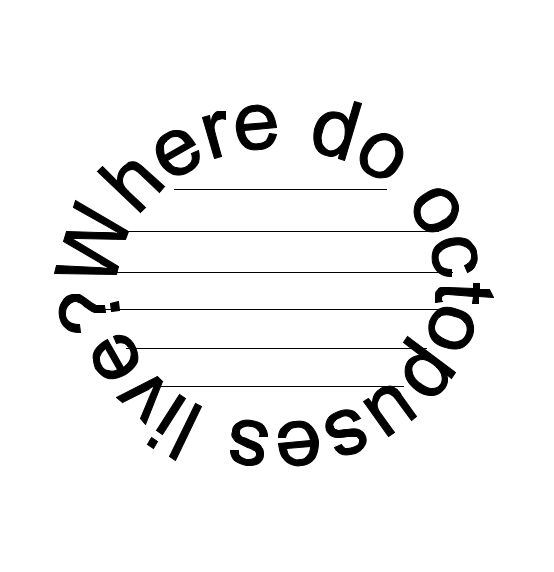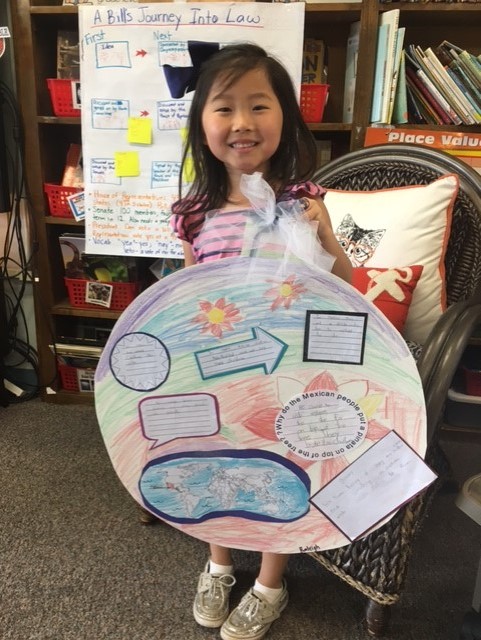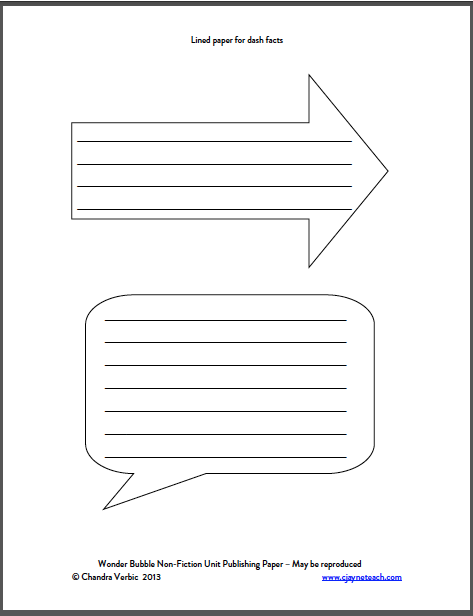As I start to review school wide STAR data and eventually Milestones results, I have to remind myself that these scores represent just a small piece of the puzzle when it comes to student success. We have students who have a wide range of abilities and gifts. Most of our students can demonstrate what they know via a standardized test but some can not. We work hard all year to meet our students' needs and they work hard to keep up with the rigorous pace that is set before them. And while we can say that we don't want to stress about test results, the reality is....we do. Before I get too engrossed in data, I want to thank each of you for going the extra mile this year to help all of our students make progress. While it may look different for every student, I know that they have all grown by leaps and bounds. The work that you do matters. Thank you!
Staff Spotlight
This week I would like to shine the spotlight on Mary Lou Arango. Mary Lou is a math guru! She is passionate about this subject and does a great job of breaking down the standards for students. She finds creative math games and performance tasks for her different leveled learners. Mary Lou is also one of the most generous people you will meet. She gives freely of her time and resources and her team has truly come to depend on her. Not only does she lend a helping hand at all times but her sense of humor keeps them laughing, thus making a tough job a bit easier. I learned that during Milestones, Mary Lou printed uplifting notes for each 4th grade student on each testing day. While she has very high expectations for her students, they know that she wants the very best for them so the rise to her expectations. Mary Lou, we appreciate your dedication and thank you for your hard work.
April 19, 2017Wonder Bubbles: Nonfiction Research for Elementary Age Students

Nonfiction research is something that I love to teach and build in time for in my first grade class. I particularly enjoy teaching nonfiction text features and having students apply them in a published project.
After my teaching friend, Chandra Verbic, struggled with a way to make research interesting as well as presenting student writing in a way that was different than anything they had published before, her idea of the “Wonder Bubble” was born. (My son, now heading into high school, was in Mrs. Verbic’s first grade class on the first year she tried it out!) Read on to learn how you can put back the fun into research.
Do your students have research questions that they are “wondering” about? For example: How is water cleaned? How smart is an octopus? If you want to assess a student’s ability to research and apply nonfiction text features, you can leave their query as broad as any question they might ponder. My team has also incorporated these natural wonderings into content standards. For that, invite your students to wonder within a particular area in order for their research to fall in line with a specific content area standard. For example, questions regarding an animal and/or their habitat could fit in with a current science standard being addressed.
Elements of a Wonder Bubble
The Wonder Bubble consists of the question prominently asked and answered, along with a set number of displayed nonfiction text features. This can include a combination of the following:
· Comparisons
· Close-ups
· Captions
· Photographs
· Labels
· Charts/graphs
· Maps

For more information on nonfiction text features, check out fellow bloggers Genia Connell's post on navigating nonfiction text and Kriscia Cabral's post on nonfiction text features using National Geographic.
Create a Wonder Bubble
Step 1: Collect a series of “wonders” from your students. Send this list to your school librarian and ask for books on those topic areas.
Step 2: Depending on what digital resources you may or may not have, make research-friendly sites accessible for your students. Grolier Encyclopedia is one resource that my students enjoy using. And Scholastic News is an amazing resource.
Step 3: Have students collect a series of “dash facts.” These are just quick facts that are not necessarily complete sentences. A simple sheet of paper will suffice for collecting facts.
Step 4: This is a big step, but teach each nonfiction text features using books around your classroom and school. My favorite author to teach comparisons is Steve Jenkins. Anything that involves a number, Jenkins uses a tangible item to compare it.
Step 5: Now it’s time to organize your research on the bubble incorporating nonfiction text features.
I typically take the questions and type up the wonder questions using a circular format.

I also use this free resource provided by Mrs. Verbic to print out and provide options for publishing. Just click on the image to download your own set of templates.
Step 6: Present to peers and/or parents!
When students can not only research the answer to a question, but present it with a chart, a close-up, or a picture with captions, I know they have taken it to the next level.
Putting the Fun Back in Research

This is a project that students really get into and enjoy doing. Best of all, it is not limited to any grade. I have witnessed Wonder Bubbles used by students in first to fifth grade with great success. I hope you will try it out in your classroom this year, and I welcome any questions you might have.


No comments:
Post a Comment